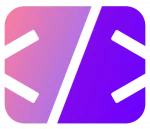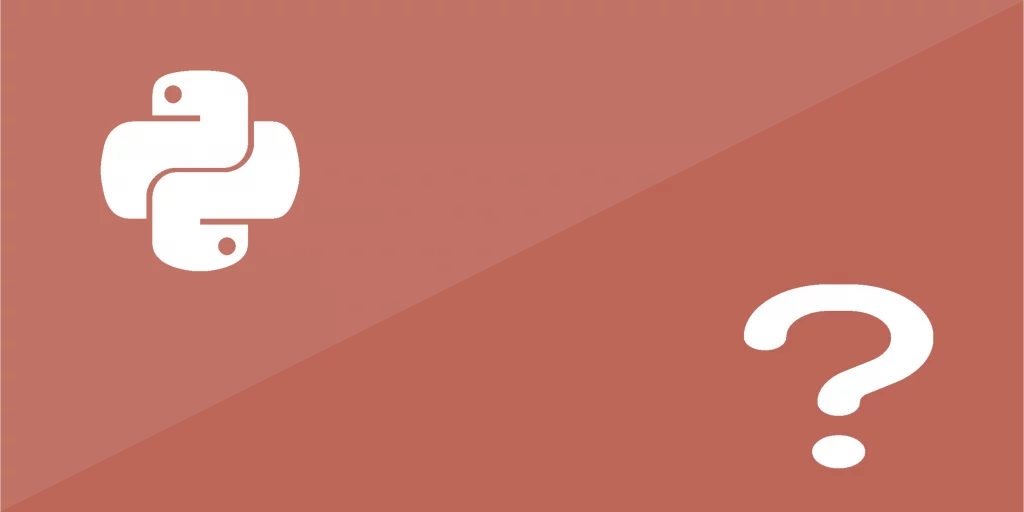Course Overview
Welcome to the “Python Programming FAQ” course! This course is designed to give you clear and concise answers to the most commonly asked questions about Python programming. Whether you’re new to Python or an experienced developer aiming to strengthen your skills, this course will guide you through the essential and advanced features of the Python language.
Throughout this course, we’ll explore a variety of topics—starting with Python’s simple syntax and powerful data types, and moving into more advanced areas such as object-oriented programming, error handling, file operations, and working with libraries. Each FAQ is crafted to explain concepts in an easy-to-understand format with practical examples.
With helpful tips, real-world use cases, and hands-on demonstrations, this course will help you master Python efficiently. Let’s dive in and harness the versatility of Python together!



